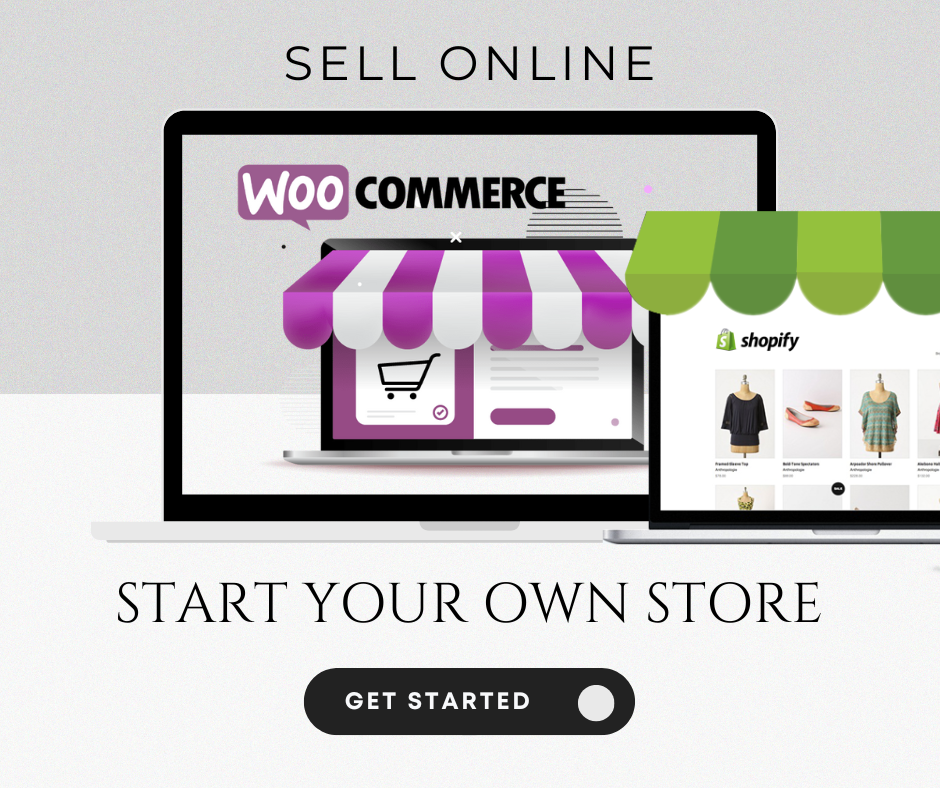Understanding Business Strategy for Online and Local Businesses
Business strategy serves as the framework for achieving organizational goals and defining the path for success in both online and local markets. At its core, business strategy involves the identification of target audiences, the formulation of value propositions, and the analysis of competitors within the respective market landscapes. For online businesses, the digital atmosphere broadens the reach and engagement options, while local businesses must navigate the nuances of community relationships and brick-and-mortar interactions.
One of the primary elements of a successful business strategy is target audience identification. Online businesses can leverage data analytics tools to pinpoint demographics and behaviors of potential customers, whereas local businesses might lean on community insights and direct feedback to better understand their clientele. Both models necessitate a clear understanding of who the customer is to tailor services and products effectively.
Developing a compelling value proposition is essential and can vary significantly between the two spheres. Online platforms often focus on convenience and personalization in their offerings, aiming to create seamless user experiences. Conversely, local businesses emphasize community ties and unique service offerings that highlight personalized customer interactions which cannot be replicated online. DIGITAL MARKETING AGENCY
-
How SEO Helps Your Website Get More Visitors
SEO optimization Understanding SEO: The Basics Search Engine Optimization (SEO) is a digital marketing strategy that focuses on optimizing a website in order to…
-
Online store Design – E-commerce
Understanding Ecommerce Development Ecommerce development refers to the process of building and maintaining an online store where businesses can sell their products or services…
-
Shopify or WooCommerce: Which is Best for Online Store
Shopify or woocommerce – Starting an online store using platforms like WooCommerce and Shopify can be exciting and rewarding! Here’s a general guide for…
-
Pinterest business advertising to grow business
Understanding Pinterest as a Business Platform Pinterest business advertising – Pinterest stands out as a unique platform for businesses and brands due to its…
-
Quora Business Ads to increase website traffics
Quora Business Ads campaings Quora Business Ads represent a powerful advertising tool designed to reach a diverse audience seeking knowledge and solutions. Quora, a…
-
Importants of Website for Business Drive more Sales
Importants of website – Did you know that 70% of online shoppers abandon their carts? This startling statistic highlights the impact that a well-optimized…
-
Twitter Ad Campaign to grow business
Twitter ads Understanding Your Audience Twitter ads – Before embarking on a Twitter ad campaign, it is imperative to have a comprehensive understanding of…
-
Reddit Business Ads Grow your web traffics today
Understanding Reddit and Its Audience Reddit is a complex and multifaceted social media platform that distinguishes itself through its unique structure, comprising countless communities…
-
Get More Views on Your Videos with Google Ads
Youtube video ads – Unlocking the potential of your videos can be a game-changer. Google Ads provides powerful tools to increase views and boost…
-
Instagram Ads Your Guide to Attracting New Customers
Understanding Instagram Advertising In today’s competitive landscape, effective marketing strategies are paramount. Instagram ads present a unique opportunity to engage with a vast audience,…
-
YouTube Ads for business Can Boost Your Sales
Introduction to YouTube Advertising In today’s digital landscape, advertising on platforms like YouTube has become essential for businesses striving to increase sales. With over…
Search

Business Strategies Expert
Ready to start selling online?
Create your online store with us today!
Take your business to the next level!
Latest Posts
Categories

Effective Promotion Techniques for Online Businesses
In the ever-evolving landscape of digital commerce, online businesses must adopt effective promotion techniques to establish a competitive edge. A foundational element of this strategy is Search Engine Optimization (SEO). By optimizing their websites for search engines, businesses can improve their visibility and increase organic traffic. This involves utilizing relevant keywords, crafting informative metadata, and ensuring the website’s structure is navigable. Furthermore, regularly updating content to keep it fresh and engaging can positively impact search rankings.
Content marketing acts as a powerful tool for attracting potential customers. This approach encompasses creating valuable and informative content, such as blog posts, infographics, and videos, tailored to the target audience’s interests. Not only does this enhance brand credibility, but it also fosters customer engagement. A strategic content marketing plan should also incorporate social media platforms to expand reach, allowing businesses to share content and leverage user-generated media to enhance interaction.
Email marketing remains a cornerstone for direct communication with customers. By building a segmented email list, businesses can send personalized messages promoting products, services, or offers that resonate with specific groups. Regular newsletters can keep customers informed while reinforcing brand loyalty. Additionally, the integration of analytics tools allows businesses to track engagement rates, enabling the refinement of email strategies for optimal results.
Leveraging Social Media for Business Growth
In the contemporary business landscape, leveraging social media is paramount for promoting products and services. With billions of users across various platforms, social media offers a unique opportunity to engage with customers and build brand awareness. Prominent platforms such as Facebook, Instagram, Twitter, LinkedIn, and TikTok serve distinct functions, appealing to diverse audiences and providing unique advantages that can be strategically harnessed for business growth.
Creating shareable content is a core strategy for effective social media marketing. Businesses should focus on producing high-quality visuals, compelling narratives, and informative videos that resonate with their target audiences. Engaging storytelling can create emotional connections and encourage shares, thereby amplifying reach. Using hashtags and tagging relevant accounts can further increase visibility and drive engagement within niche communities.
Running targeted ad campaigns on social media platforms is essential for reaching broader audiences. Utilizing the sophisticated targeting features available—such as demographics, interests, and behaviors—enables businesses to tailor their advertisements, optimizing their budget to achieve higher returns on investment. Testing different ad formats and creative approaches can also uncover the most effective strategies for driving engagement.
Maximizing Impact with Google Ads and Digital Marketing Services
In today’s competitive digital landscape, Google Ads plays a crucial role in driving traffic and conversions for both online and local businesses. With a well-structured Google Ads campaign, businesses can effectively reach their desired audience and enhance their visibility on search engines. Setting up a Google Ads campaign involves several steps, starting with identifying business goals and selecting relevant keywords that align with consumer search intent.
Targeting the right audience is paramount in maximizing the impact of advertising efforts. Google Ads offers various targeting options, including demographic targeting, geographic targeting, and keyword targeting, allowing businesses to deliver personalized ads to potential customers. It is essential to continuously optimize ad spend to achieve maximum return on investment (ROI). This involves analyzing performance metrics such as click-through rates (CTR), conversion rates, and costs per click (CPC). By adjusting bids, refining audience targeting, and testing different ad creatives, businesses can enhance their campaign effectiveness over time.











